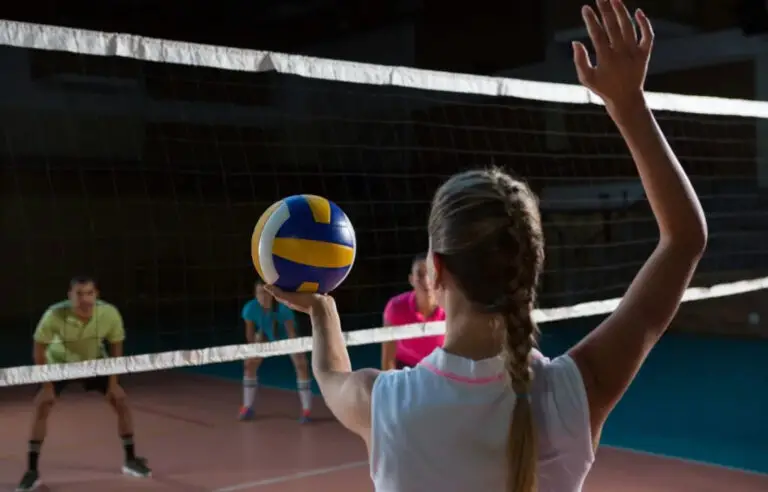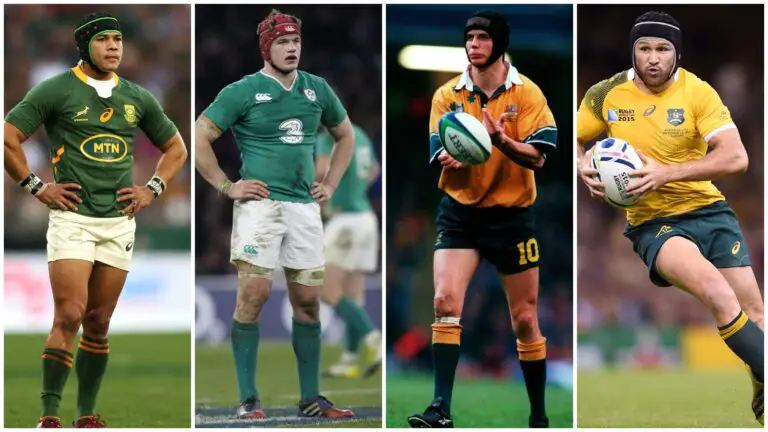Is Pole Dancing a Sport: Unlocking the Athleticism Behind the Art
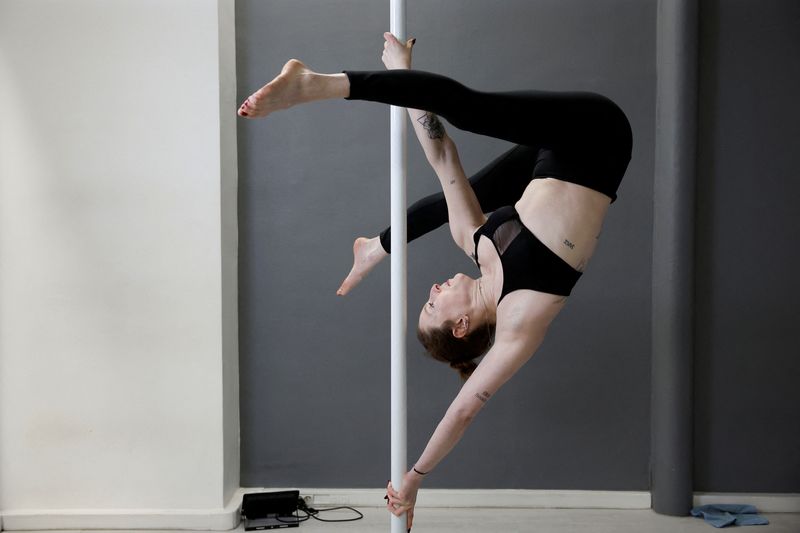
Pole dancing is recognized as a sport by the International Olympic Committee. It combines dance, acrobatics, and strength training to create a challenging athletic activity.
Pole dancing has gained widespread popularity in recent years, with many people taking classes to improve their fitness and flexibility. However, there has been debate over whether or not pole dancing should be considered a sport. The International Pole Sports Federation (IPSF) has been advocating for the recognition of pole dancing as a sport, with the ultimate goal of having it included in the Olympic Games.
Proponents argue that pole dancing requires a high level of athleticism, combining dance, acrobatics, and strength training. Critics, on the other hand, argue that the sexualized nature of pole dancing detracts from its status as a sport. Despite the controversy, pole dancing continues to grow in popularity and is recognized as a sport by the International Olympic Committee.
DEFINING SPORTS AND POLE DANCING
Pole dancing has gained popularity as a form of exercise and art, but is it considered a sport? The International Olympic Committee recognized it as a provisional sport in 2017, however, there is still debate on whether or not it meets the criteria to be classified as a sport.
WHAT CONSTITUTES A SPORT?
Defining what constitutes a sport has always been a controversial topic. The widely accepted definition of a sport is an athletic activity that involves physical exertion and skill. However, there are many activities that do not fit this criteria and are still considered sports, such as chess and e-sports. So, what makes an activity a sport? One criterion for a sport is that it has set rules and regulations that all participants must follow. There must also be a competitive element involved, where participants strive to outdo one another. Another defining feature of sports is that they require physical exertion and training. With these criteria in mind, let us take a closer look at pole dancing.
CONTROVERSY SURROUNDING POLE DANCING AS A SPORT
Pole dancing has been around for many years, but it is only recently that it’s been considered a sport. Pole dancing was initially an activity associated with strip clubs, and people couldn’t detach it from its stigma. However, the perception of pole dancing has shifted drastically in recent years, thanks to the rise of pole fitness classes that focus on the athletic and gymnastic aspects of the activity. Despite the efforts to promote pole dancing as a legitimate sport, many people still consider it controversial. One reason for this is that it is still associated with its sexual connotations, which makes it difficult to see it as a sport. Another reason is that there are no standardized rules for competition, which makes it challenging to evaluate the performance of the participants objectively. While the jury is still out on whether pole dancing is a sport or not, it is worth considering what defines a sport. Pole dancing requires incredible strength, flexibility, and coordination, which are some of the same requirements of other sports such as gymnastics. The only difference is that the apparatus used in pole dancing is vertical, and there is an added element of grace and fluidity that is unique to pole dancing. In conclusion, pole dancing’s status as a sport is still debated, and it may take some time before it becomes widely accepted. However, this should not stop anyone from recognizing the athleticism and hard work required to excel in pole dancing. Whether it is a sport or not, it is undoubtedly a challenging and rewarding activity that requires an immense amount of dedication and perseverance.
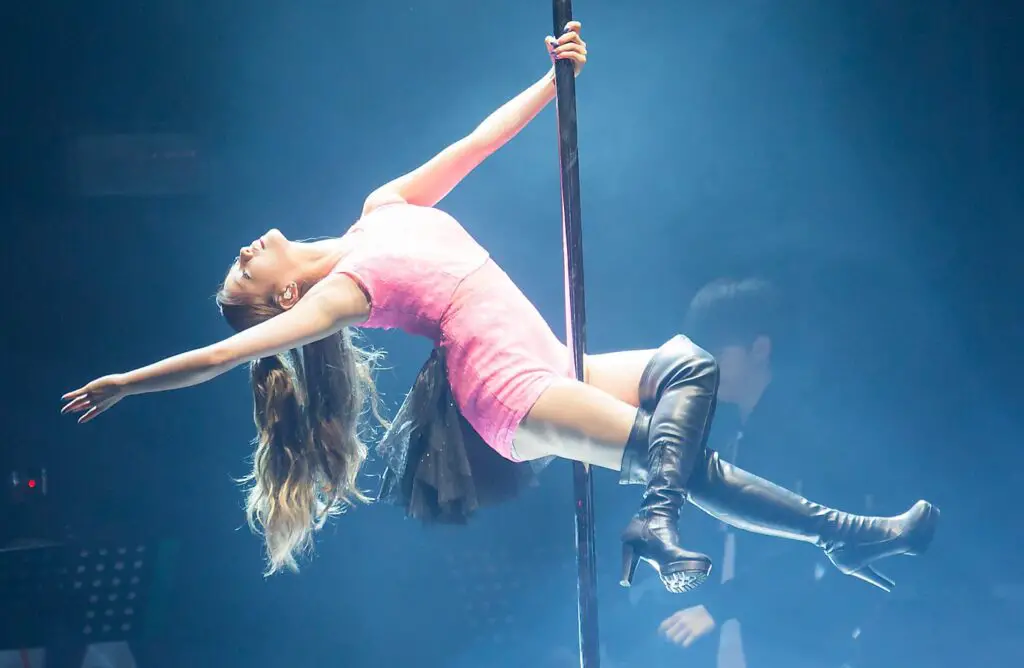
PHYSICAL DEMANDS OF POLE DANCING
Pole dancing requires immense physical strength and stamina, making it a challenging sport. Athletes need to build upper body and core strength, as well as flexibility, to perform tricks and acrobatic moves on the pole. Despite common misconceptions, pole dancing involves more than just sexualized dance moves, as it requires discipline and dedication to master.
Pole dancing has gained popularity as a form of fitness in recent years. It’s no secret that pole dancing requires a great deal of strength, endurance, flexibility, and coordination. In fact, many athletes and fitness enthusiasts recognize pole dancing as a form of sport.
STRENGTH AND ENDURANCE REQUIREMENTS
Pole dancers must have significant upper body and core strength to execute moves such as inverts, spins, and climbs. These moves require the use of muscles in the arms, shoulders, back, and abdominals. Pole dancers must also have lower body strength and endurance to perform floor work, hold positions, and perform transitions.
FLEXIBILITY AND COORDINATION NEEDS
Pole dancers must be flexible to execute moves that require leg extensions, splits, and backbends. Flexibility also plays a role in injury prevention and overall performance. Coordination is also key in pole dancing as performers must synchronize their upper and lower body movements and timing for smooth transitions.
INJURY RISKS AND PREVENTION
Like any sport, pole dancing carries injury risks such as bruises, strains, and muscle soreness. However, with proper technique and conditioning, injury risks can be minimized. Pole dancers can also take preventative measures such as warming up before practice, utilizing proper grip aids, and conditioning their bodies for the physical demands of the sport. In conclusion, pole dancing requires a great deal of physical demands that athletes and fitness enthusiasts recognize as a form of sport. Pole dancers must have upper and lower body strength, flexibility, and coordination to perform moves and prevent injury. By taking proper preventative measures, the risk of injury can be minimized.
COMPETITIVE POLE DANCING
Competitive Pole Dancing is a relatively new phenomenon that has gained immense popularity in recent years. It is seen as a combination of gymnastics, acrobatics, and dance, utilizing a vertical pole as a prop. There has been much debate on whether it should be considered a sport or an art form. However, with the establishment of international organizations, including the International Pole Sports Federation (IPSF) and the World Pole Dance Championships, it is now recognized as a legitimate sport.
FOUNDATIONS OF POLE DANCE SPORT COMPETITIONS
The foundations of pole dance sports competitions are rooted in gymnastics and dance. It requires athletes to perform a series of athletic and artistic moves, including spins, lifts, holds, and inversions, using the pole as a vertical apparatus. Competitions are typically judged on three criteria: difficulty, execution, and artistic expression. Pole dance athletes are required to possess a combination of strength, flexibility, endurance, and grace.
LEVELS AND RULES OF COMPETITIONS
Competitive Pole Dancing consists of different levels and rules, depending on the competition and organization. Categories include Women’s Singles, Men’s Singles, Doubles, and Group performances. There are also specific rules regarding costume, music, and time limits. In addition, athletes are required to follow strict safety guidelines to prevent injuries.
WORLD POLE SPORT CHAMPIONSHIPS
The World Pole Sports Championships are the most prestigious and recognized pole dance competitions. Hosted by the International Pole Sports Federation (IPSF), it attracts participants from all over the world. The competition is divided into four categories: Women’s Singles, Men’s Singles, Doubles, and Group performances. The IPSF champions athleticism, fairness, and transparency, ensuring that the competition is a true test of the athlete’s abilities.
CRITICISM AND BENEFITS OF COMPETING IN POLE DANCING
There has been criticism of Competitive Pole Dancing, with some stating that it sexualizes women and is not a true sport. However, proponents argue that it is empowering and promotes body positivity. Competing in this sport has numerous benefits, including improved fitness, increased confidence, and a sense of community. It also provides opportunities for athletes to represent their country and compete at an international level.
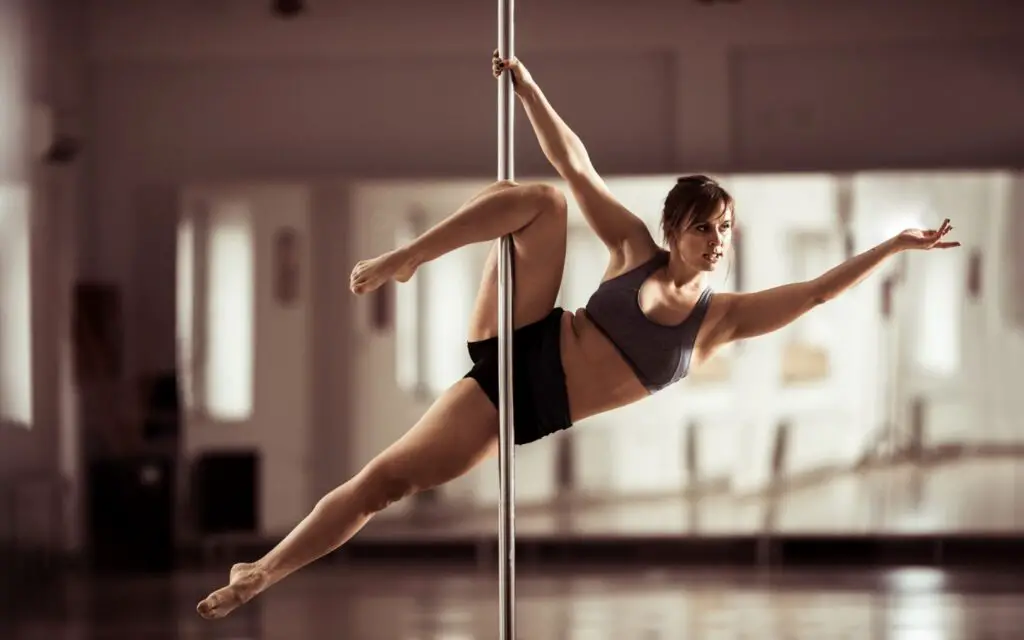
POLE DANCING IN MAINSTREAM CULTURE
Pole dancing, once considered taboo and only associated with strip clubs, has gained mainstream attention as a fitness activity and even a sport. Due to its growing popularity, questions arise about pole dancing’s status as a sport or an art form. While pole dancing remains highly stigmatized, more people are starting to recognize the expertise and athleticism required to execute difficult pole tricks.
THE MEDIA AND PUBLIC PERCEPTION OF POLE DANCING
The media, traditional and social, often portray pole dancing in a negative light. It is commonly referenced in movies and TV shows as a form of erotic entertainment, degrading the art to just a sexualized act performed by women. This further perpetuates the misconception that pole dancing is not a legitimate sport or art form. However, in recent years, the media has started to cover pole dancing competitions, showcasing the physical demands and skills required in the sport.
POLE DANCING IN FILM AND TELEVISION
Despite the negative portrayal of pole dancing in the media, there has been an increasing number of films and television shows, including ‘Hustlers’ and ‘P-Valley’, that present pole dancing as a form of empowerment for women. These shows glamorize and showcase the strength, endurance, and flexibility required to perform pole tricks.
SOCIAL MEDIA AND POLE DANCING
Social media has played a significant role in pole dancing’s surge in popularity as a fitness activity. Many fitness influencers post videos of themselves practicing pole tricks, inspiring others to try it themselves. This has created an online community of pole dancers, sharing tips, routines, and experiences. However, social media has also led to certain negative effects, including over-sexualization and objectification of women’s bodies.
EDUCATION AND ADVOCACY FOR POLE DANCING
Despite the progress made in changing the perception of pole dancing, there is still a long way to go. Education and advocacy for pole dancing as a legitimate sport and art form are essential. It is crucial to create awareness about the physical stamina, flexibility, and skill that is required to execute challenging pole tricks. Efforts need to be made to educate people about the history and cultural significance of pole dancing.
CONCLUSION: POLE DANCING AS A SPORT
Pole-dancing athletes showcase their strength, endurance, and artistry through performances and competitions. As a form of acrobatics, it requires a significant amount of physical training and skill. Hence, it can be considered a sport.
Pole dancing has been regarded as a form of entertainment, mainly associated with strip clubs, despite being popular among fitness enthusiasts. The debate about whether pole dancing is a sport or not has been ongoing. While some people believe that it shouldn’t be considered a sport because of its connection to the adult entertainment industry, others argue that it requires physical strength, technique, and focus like any other sport. Pole dancing requires a significant amount of physical strength, flexibility, and endurance from the practitioners. The movements must be executed with grace, control, and fluidity. Pole dancers are also required to have good coordination and rhythm, making it a sport that demands both physical and mental skills. The International Pole Sports Federation (IPSF) has recognized this and established a set of guidelines and standards for pole competitions, including safety regulations and scoring criteria. Moreover, pole dancing offers numerous health benefits, such as improving cardiovascular health, developing muscle tone, and reducing stress levels. It also allows practitioners to develop self-confidence and self-expression as they explore their artistic and creative sides through dance. Although pole dancing is not yet an Olympic sport, it has been gaining popularity and recognition worldwide. Pole dancing competitions and championships are being held regularly, and more athletes are getting involved in the sport. Furthermore, many proponents of pole dancing are working towards promoting it as a proper sport by creating and enforcing strict rules, professionalizing the sport, and providing training and certification for instructors. As more people come to realize the athletic and artistic potential of pole dancing, the future of this sport seems bright. In conclusion, pole dancing should be recognized as a sport due to its physical and mental demands, artistic expression, and growing popularity. As with any sport, it requires dedication, hard work, and discipline. It’s time to break the stereotypes and give pole dancing the respect it deserves as a legitimate sport.
FREQUENTLY ASKED QUESTIONS FOR (IS POLE DANCING A SPORT)
WHAT IS POLE DANCING CONSIDERED?
Pole dancing is considered a form of dance fitness that combines sensual dance movements with acrobatic pole tricks. It is popular among people of all genders and ages as a fun way to increase strength, flexibility, and confidence while expressing oneself creatively.
IS POLE DANCE IN THE OLYMPICS?
No, pole dance is not currently an Olympic sport. While it has gained recognition as a sport in some countries, it has yet to be included in the Olympics. However, there are efforts to have it recognized and included in the future.
WHAT IS THE DIFFERENCE BETWEEN POLE SPORT AND POLE DANCE?
Pole sport is a competitive athletic event that focuses on acrobatic and gymnastic movements on a vertical pole. Pole dance is a more fluid and artistic form of expression that incorporates dance, choreography, and sensual movements with the pole as a prop.
IS STRIP DANCING A SPORT?
Strip dancing is not considered a sport as it is mostly performed for entertainment and does not require physical exertion in the same way as other athletic activities. However, it does require skill, flexibility, and discipline to perform effectively.
CONCLUSION
Pole dancing has come a long way from its origins in strip clubs. Today, it has transformed into a form of fitness and dance enjoyed by many. While it may not meet the traditional definition of a sport, pole dancing requires strength, flexibility, and athleticism.
It also has a growing competitive scene with recognized federations and world championships. Ultimately, the question of whether or not pole dancing is a sport is subjective, but its popularity and physical demands cannot be denied.



